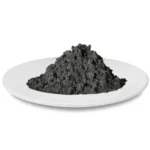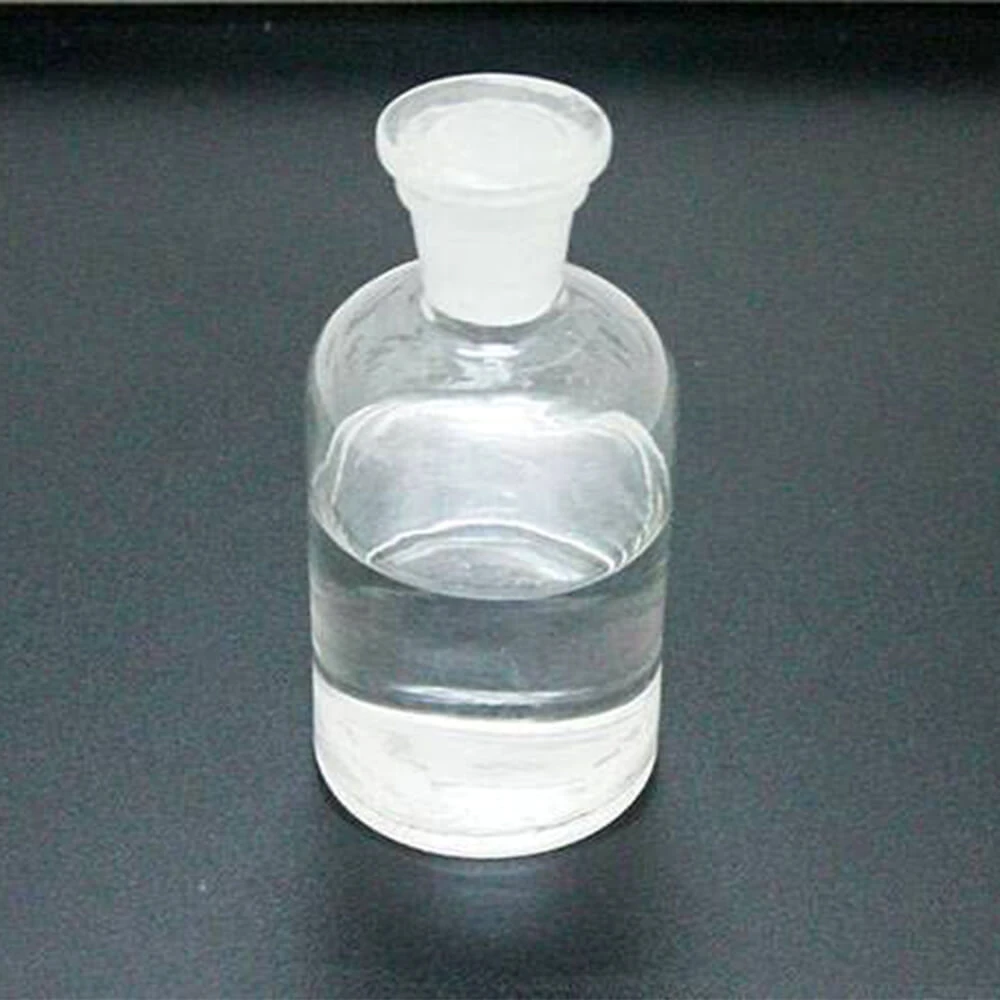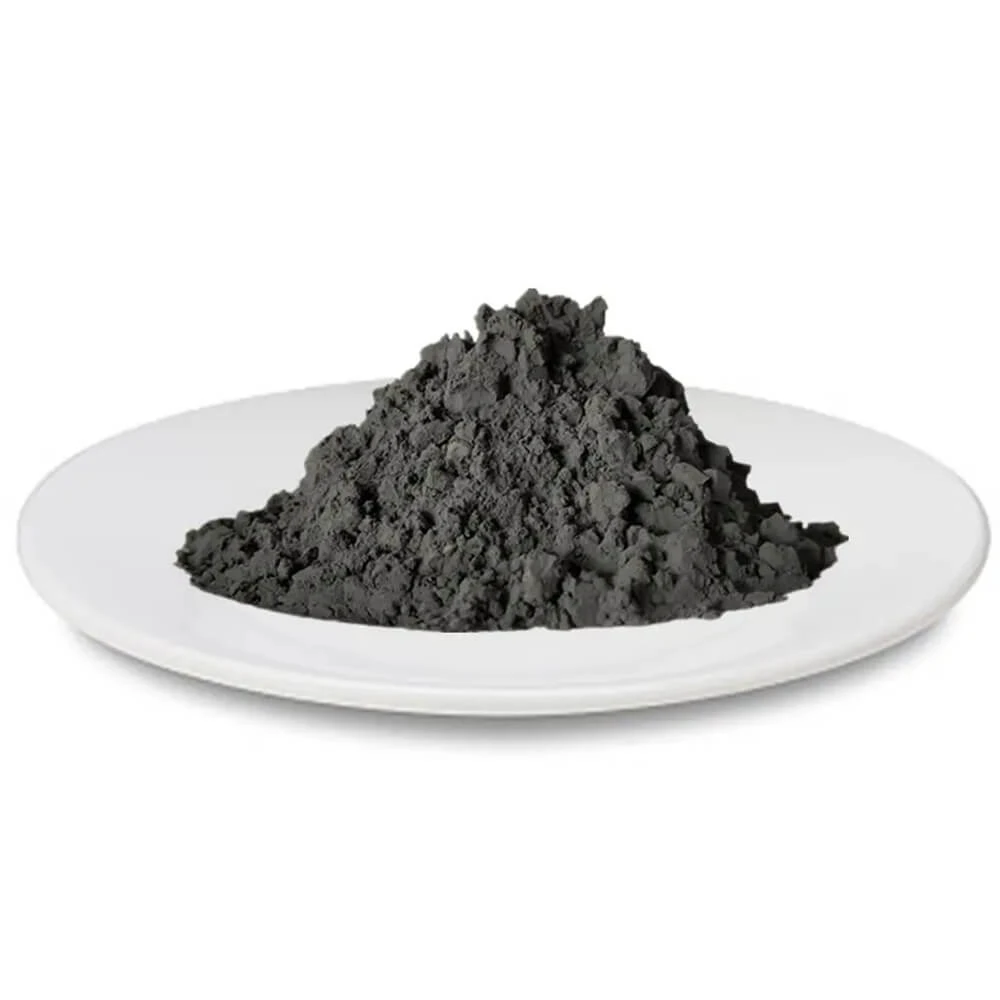
Conductive nickel powder
When it comes to acrylic protective films, the use of antistatic agents is crucial to prevent issues such as dust attraction, product sticking, and potential hazards in explosive environments. Antistatic agents for acrylic protective films work by altering the surface conductivity of the film, thereby preventing the accumulation of static charges.
There are various types of antistatic agents that can be used in acrylic protective films, including:
- Surfactants: Certain surfactants can be used as antistatic agents in acrylic protective films to reduce surface tension and dissipate static charges.
- Conductive Polymers: Polymers containing conductive additives or fillers, such as carbon black or metal particles, can be used to impart antistatic properties to acrylic protective films.
- Quaternary Ammonium Compounds: These compounds are often used as antistatic agents in acrylic protective films to reduce static charge build-up.
- Metallic Stearates: Compounds such as zinc stearate and calcium stearate can be used as antistatic agents in acrylic protective films to improve their antistatic properties.
When selecting an antistatic agent for acrylic protective films, it is important to consider factors such as compatibility with the film material, the desired level of antistatic performance, environmental and safety considerations, and regulatory requirements. The effectiveness of the antistatic agent may also be influenced by factors such as humidity, temperature, and the presence of contaminants.
It’s important to consult with film manufacturers or material scientists to determine the most suitable antistatic agent for a specific acrylic protective film application. Additionally, testing the film with different antistatic agents under relevant conditions is recommended to ensure the desired antistatic performance.
Product introduction:
Powder antistatic agent: internal additive type, soluble in organic solvents, difficult to separate out, long-lasting antistatic effect;
Ionic liquid antistatic agent: transparent, good compatibility, antistatic effect is significant, but selective to adhesive.
Technical parameters:
| Product code | Appearance | Application |
| CS-101 | White powder | Acrylic protective film |
| CS-102 | Transparency liquid | Acrylic protective film |





